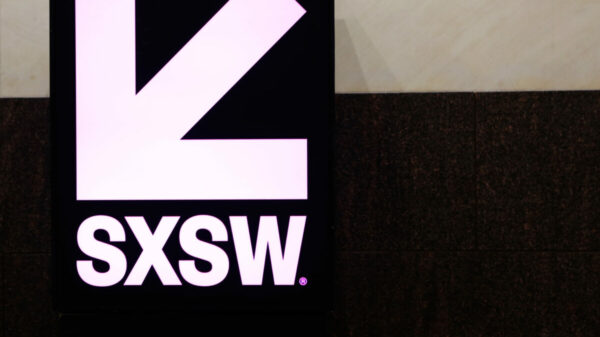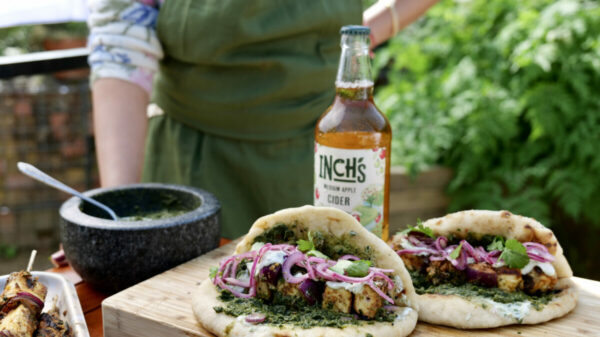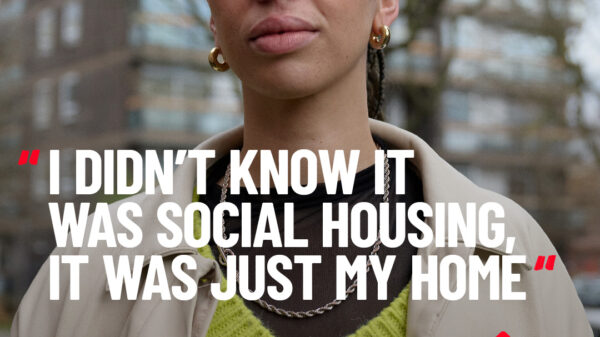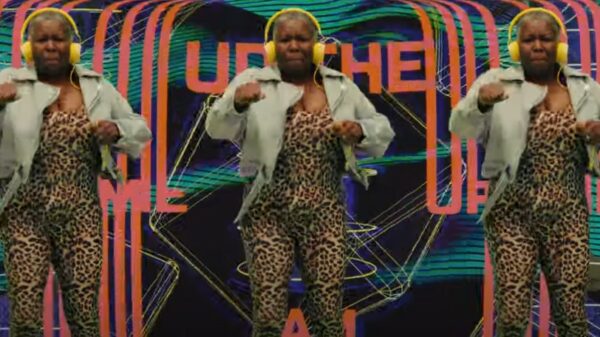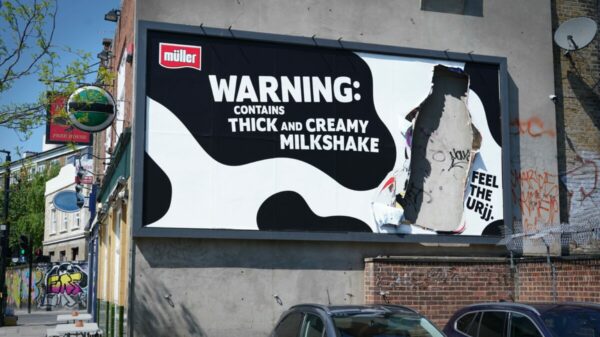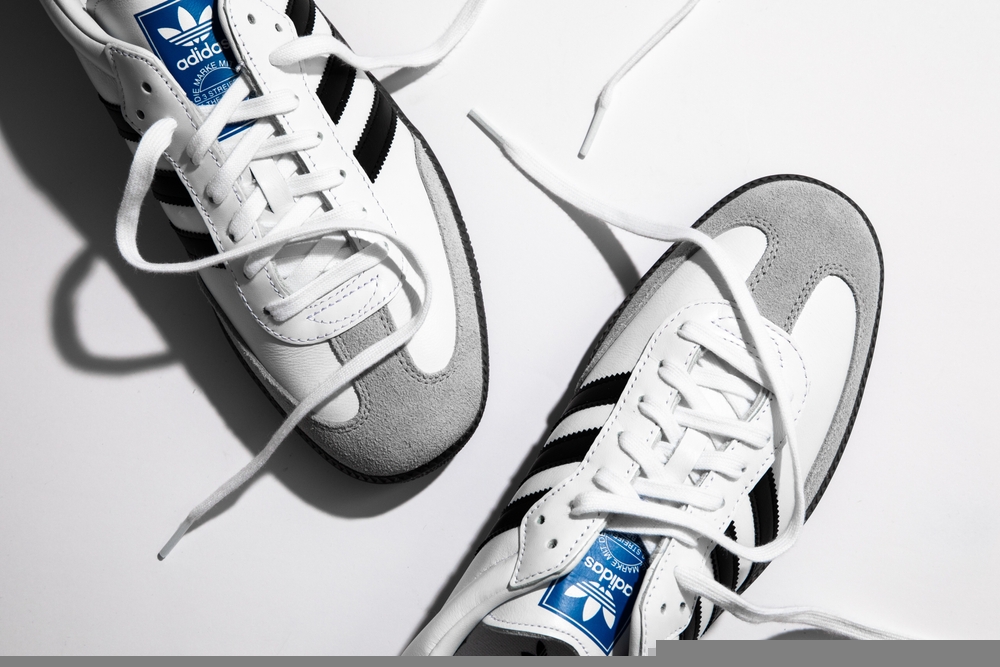Christmas is drawing closer, tuxes are being dragged out of the cupboard and the shops are filling with sequinned dresses – it can mean only one thing: award season.
The marketing, advertising and creative industries are by no means short on accolades, with honours being bestowed on inspiring and effective campaigns and initiatives from agencies, brands and individuals throughout the year.
But of course, not all awards are created equally.
For over 40 years, the DMA Awards have shone a spotlight on the best talent UK marketing has to offer, showcasing the best of the sector from across a wide variety of agencies, brands and sectors. Standing independently from the industry they represent, the awards shine a light on the most inspiring and effective campaigns from across the data-driven marketing industry.
The full DMA shortlist was revealed last month, with Ogilvy and RAPP up for an impressive 24 and 22 awards respectively.
But – apart from the show-stopping party itself, which is being held on Tuesday 5 December this year – it is the meticulous and detailed judging process which really makes the DMA Awards stand out from the crowd. With over 400 senior marketers giving up their time over a five-day period to judge the awards, the rigorous, in-person process sees each entry being assessed and discussed in detail.
All entries are judged equally on three key pillars: strategy, creativity and results.
Marketing Beat took a couple of seats on the judges table to find out more, and after being part of judging panel for two categories – brand building and social media – it soon became clear why the DMA Awards tagline is ‘rewardingly hard to win’.
Subscribe to Marketing Beat for free
Sign up here to get the latest news sent straight to your inbox each morning
DMA Awards category: Brand building
With more than 36 categories to choose from, we jumped at the opportunity to judge the brand building category for this year’s awards. Getting to grips with what really drives a brand to build consumer awareness is no mean feat – while sales figures and engagement are still important, it’s harder to measure changes in brand perception.
The category itself was open to both consumer and business-focused campaigns which (as the entry criteria outlines) “build brand awareness and increase positive perceptions and attitudes among prospects and/or customers over the long term”.
With a panel of 12 judges we were spoilt for experience, which came from a wide range of professional backgrounds, with agency creatives, brand experts and data strategists offering their perspectives on the campaigns we were assessing. Our jury was ably supported by DMA committee member and Amazon’s general manager of marketing, Laura Stead, who guided us through the day and outlined what we would be looking for in more detail.
The entry guidelines were relatively straightforward, asking for insight-inspired work that shows a clear programme of campaign activities, with measurable evidence that it positively changed attitudes towards and awareness of the brand.
Our first priority was to assess and score each entry individually before coming together as a jury to discuss our individual findings and create an outstanding shortlist of work. With 16 entries across the brand building category we were in for an intense day but the sheer quality and variety of the campaigns made it worthwhile.
The individual assessment and scoring of each entry took all morning, but it was when we began discussing the work that we’d put through to our longlist that things really got interesting – and occasionally quite heated! With a number of charity submissions in the mix it was often quite an emotive conversation as we worked through the merits of each campaign in more detail.
One thing that stood out for the brand building category was just how difficult it is to really measure what each brand and agency was hoping to achieve with their campaign. Was the strategy really just about building consumer awareness and increasing that positive sentiment? And if it was, should we discard sales figures and other data that had been included in the entry?
It was fascinating to hear everyone’s take on the different criteria and how they could be measured objectively – some minds were definitely changed during the discussion part of the day.
After discussing the longlist of our collective top eight entries, we then had to choose our own top three – listed as the gold, silver and bronze entries for the category. All judging and scoring took place on a personal tablet and was completely anonymous – and although I’m delighted to say that all of my choices made the official shortlist, I won’t reveal which they were!
The entries themselves were of an impressively high standard, with many (although not all!) truly demonstrating the benefit of the work in question. The five campaigns we put through to the final stage of the DMA Awards 2023 were:
- Making mobile more supermarket (from BBH and Essence Mediacom for Tesco Mobile)
- The Ultimate Vow (from Medialab Group and New Commercial Arts for Alzheimer’s Society)
- Toxic Influence (from Ogilvy UK for Dove)
- No feeling like live TV (from RAPP and BBC Creative for BBC/TV Licensing)
- Sprite Limelight (from WPP Open X and Universal Music Group for Sprite)
DMA Awards category: Social media
Ogilvy appears to be set for another successful year at the DMA Awards after two of its campaigns with toiletry brand Dove were shortlisted in the social media category.
The immensely successful #TurnYourBack and Toxic Influence shine a light on the darker side of social media, calling out the unrealistic beauty standards set by both brands and influencers.
While #TurnYourBack deals with harmful nature of beauty-perfecting TikTok filters by asking social media users to quite literally ‘turn their backs’ to the camera, Toxic Influence brings to light the shocking dangers of unregulated and often dangerous beauty advice being perpetuated by influencers.
The judging process for the DMA Awards itself was highly rigorous, and with 16 overall entries into the category, was a day-long affair. Grouping together a range of industry experts including brand and agency bigwigs alike, all social media bases were covered.
The 16 entrants were eventually whittled down to a shortlisted nine to go through to final discussion before each judges assigned ‘gold’, ‘silver’ and ‘bronze’ ratings to their favourite works.
Other honourable mentions from the day included Oreo Twist by Digitas, which leveraged mass public participation to create weird and wonderful ‘twists’ on the traditional snack (even dipping it in mayo!), as well as the Prince’s Trust’s ‘Class of Covid’ campaign by The&Partnership which looked to reach young people from disadvantaged backgrounds with a vibrant social creative.
A range of themes were reflected in this year’s DMA entries – chief among them were the harms that social media can cause, but also its benefits – whether that be by bringing a whole community together (Oreo Twist) or by helping young people fulfil their potential (Prince’s Trust).
The resulting shortlisted entries for the DMA Awards social media category are:
- How #TescoVoiceOfTheCheckout Gripped the Nation (from BBH and Essence Mediacom for Tesco)
- OREO Twists (from Digitas for Mondelez International)
- Make Yourself, at Home (from Ogilvy UK for Argos)
- #TurnYourBack (from Ogilvy UK and DAVID for Dove)
- Sprite Limelight (from WPP Open X and Universal Music Group for Sprite)
The winners of both the brand building and social media categories will be revealed onstage at the DMA Awards next Tuesday.


